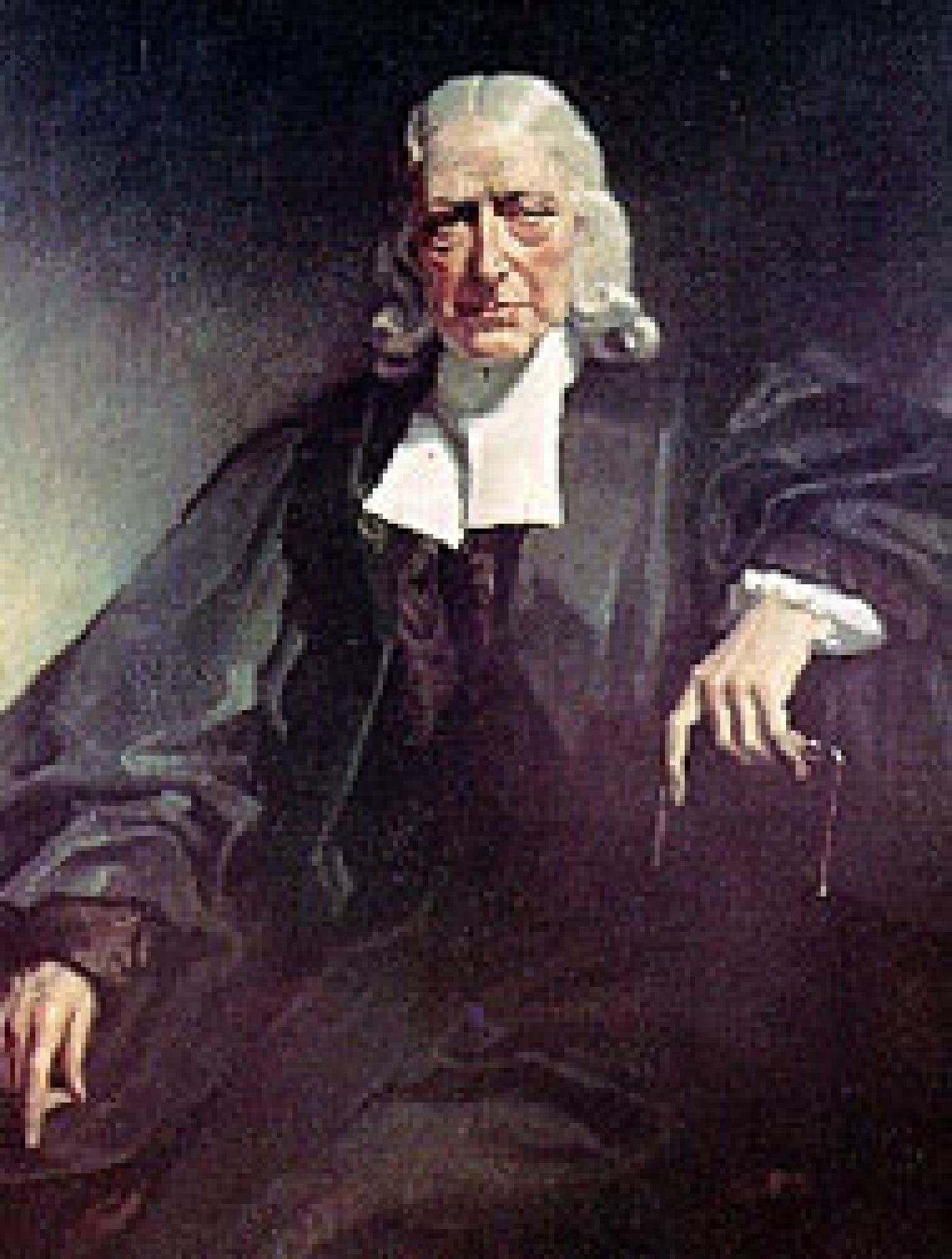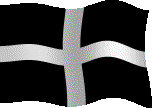Being invited by the Rector of St. Mary Week, (about seven miles from St. Ginny's,) to preach in his church, we went thither in the afternoon. I had not seen in these parts of Cornwall, either so large a church or so large a congregation.
About three I preached in St. Mary Week church, on "Repent ye, and believe the Gospel" (Mark 1.15).
- Monday 15th September 1746
A guide, meeting us at Camelford, conducted us to St. Mary Week. It was the time of the yearly revel, which obliged me to speak very plain.
I preached at Tamerton church in the morning; Mary Week, in the afternoon, and St. Ginny's in the evening.
- Sunday 1st September 1751
We were well buffeted both with wind and rain, in riding from thence (Tresmere) to John Turner's, where the congregation was waiting for me; and we had another season of solemn joy in the Lord.
I rode to Mary-Week. A large congregation was gathered there, many of whom came seven or eight miles. The house stands in the midst of orchards and meadows, surrounded by gentle rising hills. I preached on the side of a meadow newly mown, to a deeply attentive people.
- Monday 29th September 1760
Being invited, by the Minister of Mary Week, to preach in his church, I crossed over the country, and came thither about four in the afternoon. The congregation was large, considering the weather, and quite attentive and unconcerned.
- Monday 27th September 1762
I rode to Mary Week. It was a kind of fair-day; "Tend the people were come far and near for wrestling and other diversions; but they found a better way of employing their time, for young and old flocked to church from all quarters."

